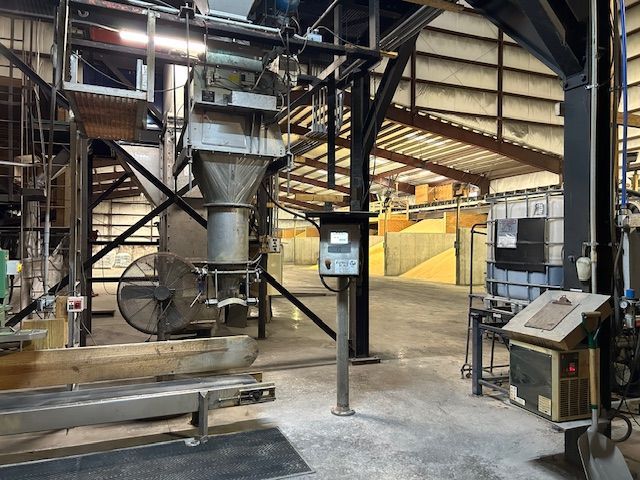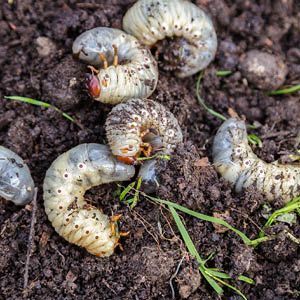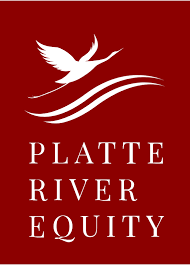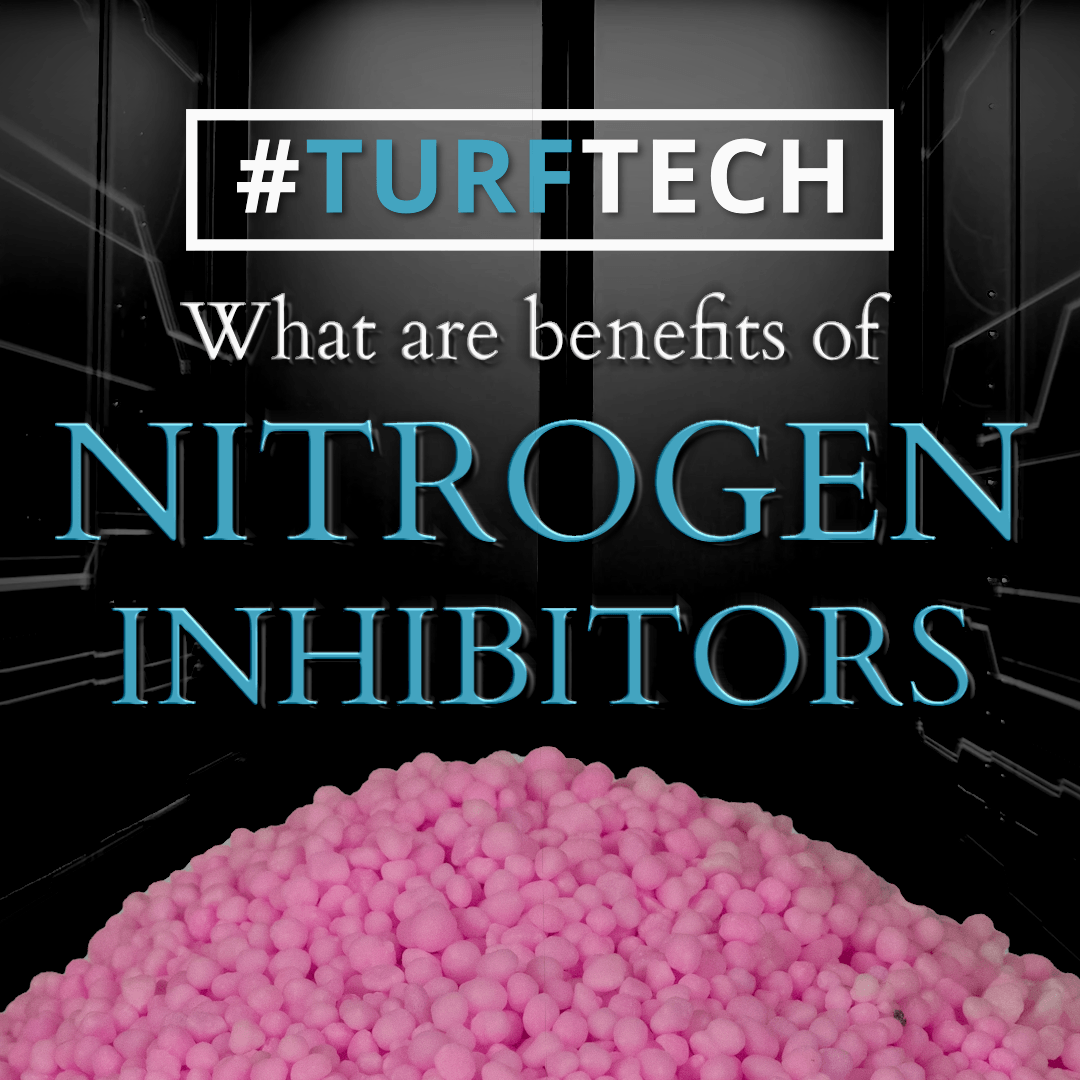WHAT IS A NITROGEN INHIBITOR?
A nitrogen inhibitor is a substance used to inhibit the biological oxidation of ammonium nitrogen (NH4-N) to nitrate nitrogen (NO3-N) in soil (this biological oxidation process is known as Nitrification) as well as help manage the conversion of urea to ammonia and carbon dioxide until adequate rain or irrigation can occur. To put it more simply, this just means it slows down nitrogen from being lost to the atmosphere through volatilization prior to water being applied to the fertilizer as well as working to slow soil bacteria from converting ammonium into nitrate, which is highly subject to denitrification and leaching.
WHY IS THIS TECHNOLOGY IMPORTANT?
Nitrogen inhibitors are an important technology added to fertilizer because it allows the nitrogen in the NH4-N to be held tightly within the soil particles, ultimately letting nitrogen to be available longer for plants, increasing overall health of the plant. This technology helps manage the three main reasons for nitrogen loss to your grass: denitrification, volatilization and leaching.
INHIBITOR TECHNOLOGY
To provide the most efficient use of nitrogen for your plants, three different technologies are commonly used to help create nitrogen inhibitors. Here is the breakdown of the technology:
Urease Inhibitor:
NBPT (n-butyl thiophosphoric triamide)
NBPT helps inhibit the conversion of urea to ammonia and carbon dioxide until adequate rain or irrigation can occur. This is done with a urease enzyme, which inhibits hydrolytic action on urea. When applied to soil it blocks the conversion of urea nitrogen lost by ammonia volatilization from a period of 1-2 weeks. Specifically helps manage volatilization (works above the ground).
Nitrification Inhibitor:
DCD (dicyandiamide)
DCD is a substance used to help to inhibit the biological oxidation of ammonium nitrogen (NH4-N) to nitrate nitrogen (NO3-N). DCD specifically inhibits leaching and decertification (works in soil). No harm is done to microbes when DCD is applied to a lawn. In Allen Sutton’s presentation from The Fertilizer Institute, Urease and Nitrification Inhibitors he says:
In the soil DCD has a bacteriostatic effect on Nitrosomonas bacteria, i.e. the bacteria are not killed, but only depressed or inhibited in their activities for a certain period of time. Even several applications have only led to a depressive effect on Nitrosomonas bacteria (Sturm et al; 1944).
WHY USE NITROGEN INHIBITOR TECHNOLOGY?
Using fertilizer with nitrogen inhibitor technology can actively slow the rate at which the ammonia is converted to nitrate. By slowing the conversion process ammonia to nitrate, you are keeping that nitrogen in a more stable form that is not as vulnerable to losses, creating more efficient use of nitrogen for plants as well as reducing the emission of ammonia and greenhouse gases.
- NOTE: Nitrogen inhibitor technology is not a “cure-all” to nitrification. It is just one of many technologies used to manage nitrogen loss. Mother Nature, soil texture, weather, soil pH and the timing of a nitrogen application can affect your plants nitrogen uptake. These factors are always trying to undermine nitrogen availability to your plants through leaching, denitrification and volatilization.
GLOSSARY OF TERMS
- Ammonia: a nutrient that contains nitrogen and hydrogen; preferred nitrogen-containing nutrient for plant growth. Can be converted to nitrite (NO2 ) and nitrate (NO3) by bacteria, and then used by plants.
- Nitrate:
the form of nitrogen that the plants can use that is taken up by the roots.
- Urease:
An enzyme that catalyzes the hydrolysis of urea, forming ammonia and carbon dioxide; present throughout soil and becomes active when Urea comes in contact with the soil.
- Urea:
a chemical compound; a colorless, crystalline substance that is an inexpensive compound incorporated in mixed fertilizers to manage nitrogen release.
- Hydrolysis:
The chemical breakdown of a compound due to water.
- Leaching:
this is caused when nitrate nitrogen (NO3-N) in soil is moved below that plant’s rooting zone. This can be cause by environmental concern if the problem persists.
- Denitrification:
this is caused when nitrate nitrogen(NO3-N) in soil is converted togas.
- Volatilization: When nitrogen(N) changes into ammonia (NH3) and escapes into the atmosphere.
Check out our infographic showing the
Inefficient vs. Efficient Nutrient Uptake Cycle of Plants.
TurfCare™ offers our own Nitrogen Inhibitor Technology, All-N™. To view this and other technologies, visit our
Controlled Release Technologies
page on our website or download our
Product Catalog
for details.
Click Here
for more information on locating your local distributor to order.
References:
http://www2.ca.uky.edu/agcomm/pubs/agr/agr185/agr185.pdf
http://www.firt.org/sites/default/files/Sutton_Inhibitors%26Stabilizers_presentation.pdf
http://www.isafarmnet.com/Advance/AdvanceMarch24_2016_4.pdf
https://www.britannica.com/science/urease
http://www.waterboards.ca.gov/water_issues/programs/swamp/docs/cwt/guidance/3310en.pdf
Turf Care Supply - TurfReport Blog

Turf Care Supply, LLC, a portfolio company of Platte River Equity, has officially acquired Beaty Fertilizer, the industry respected Tennessee-based manufacturer and blender of custom granular and liquid fertilizers, as well as combination products. This strategic move expands Turf Care’s manufacturing footprint, adds new product capabilities, and enhances overall production capacity. “The partnership with Beaty Fertilizer marks a major milestone in our journey and an important step forward in our mission to grow, innovate and lead in our industry,” said Mark Mangan, President of Turf Care. “This acquisition is more than just expansion; it’s a powerful opportunity to strengthen our product offerings, broaden our market reach and provide greater value to our customers. By welcoming Beaty into the Turf Care family, we are reinforcing our commitment to excellence and positioning ourselves for an even brighter future.” “We are excited about this next step in the Beaty Fertilizer story. For almost 50 years, our family and our employees have worked hard to serve customers and communities with pride and heart,” said John Beaty, President of Beaty. “Now, we are embracing an opportunity for growth with Turf Care. With our combined know-how and resources, we’ll keep building on what we’ve worked so hard to create and bring even more value to our customers, employees and partners. We truly believe this partnership will keep the Beaty legacy going strong while opening up new doors for growth and innovation.” Tarun Kanthety, Vice President at Platte River, added, “We believe the acquisition of Beaty Fertilizer represents a strategic step in expanding Turf Care’s footprint and product breadth... as it scales and enhances its value proposition to customers.”

Root out Grubs, Before they Attack Yours! White grubs, the immature stage of several scarab beetles—including Japanese beetles, masked chafers, May and June beetles, and green June beetles—are a major threat to turfgrass across the Southeast. These beetles follow a complete metamorphosis (egg, grub, pupa, adult), with most species completing their cycle in one year. Eggs are laid in early summer, grubs hatch within two weeks, and begin feeding on turfgrass roots through the late summer and fall. May and June beetles differ slightly, with a two- to three-year life cycle and prolonged feeding as third-instar grubs. Grubs damage turf by severing roots, causing grass to yellow, wilt, or lift easily from the soil. Feeding is typically concentrated in patches and worsens during hot, dry weather. Wildlife digging for grubs can create further turf destruction. Healthy turf may tolerate 5–10 grubs per square foot, but damage becomes evident as populations rise or turf is under stress. Early detection and timing are essential. Scouting begins in late June, shortly after adult beetle activity peaks. Monitoring plants favored by beetles can signal egg-laying is underway. Treatment is most effective when small grubs are active—typically from mid-July through early August. For professional turfgrass managers, insecticides containing imidacloprid (Merit®), chlorantraniliprole (Acelepryn®), or trichlorfon (Dylox®) are the most effective tools. The primary months of preventative application of Acelepryn® is from April to end of May and Merit® from April into July - targeting grubs before they hatch. Curative treatments with Dylox® or similar products are applied July through the fall, when young grubs are feeding and most vulnerable. Always follow label directions for optimal application and safety. Timing may vary slightly by regional seasonal needs. Turf Care Supply has a variety of professional TCS Growstar insecticide fertilizers available to protect your turf and prevent grub damage, before it starts. Click on the button below to view products, contact your sales rep for addition TC Growstar products available.

Platte River Equity Portfolio Company Turf Care Supply, LLC Acquires Agri-Nutrients, Inc. Brunswick, OH , October 9, 2024 – Platte River Equity (“Platte River”) portfolio company Turf Care Supply, LLC (“Turf Care”) is pleased to announce its acquisition of Agri-Nutrients, Inc. (“Agri-Nutrients”), a manufacturer and blender of custom granular fertilizers for the turf & ornamental (“T&O”) industry. This strategic acquisition provides Turf Care with an established presence in the south-central United States, an enhanced product portfolio and additional manufacturing capacity. “This acquisition represents much more than a business transaction; it is a strategic step forward in expanding our reach and enhancing our customers’ growth. By bringing Agri-Nutrients into the Turf Care family, we are broadening our product portfolio, expanding our market presence and further positioning ourselves as a leader in providing innovative solutions for our customers,” said Mark Mangan, President of Turf Care. “We are excited about joining the Turf Care team,” said Jim Montgomery, President of Agri-Nutrients. “At Agri-Nutrients, our core values center around customer service and product innovation, and we are confident that this combination will allow us to better serve the needs of our customers.” “Platte River welcomes the Agri-Nutrients team to Turf Care. This transaction underscores our long-term commitment to fostering growth through both organic and inorganic initiatives across the Turf Care platform,” said Tarun Kanthety, Vice President of Platte River. “The partnership with Agri-Nutrients strengthens Turf Care’s value-added offering, creating additional growth opportunities across the combined customer base.” B&A Corporate Advisors served as the exclusive financial advisor to Agri-Nutrients. About Agri-Nutrients Founded in 1992 and based in Catoosa, OK, Agri-Nutrients is a manufacturer and blender of custom granular fertilizers for the T&O industry, predominantly selling into the lawn care, sports turf and golf course end markets. About Turf Care Supply Established in 1974, Turf Care Supply is one of the largest formulators and blenders of urea products to the T&O market. Turf Care has a comprehensive product portfolio of fertilizers, combination products (herbicide/insecticide), soil amendments and enhanced efficiency fertilizer ingredients. Turf Care's products are sold to distributors and blenders serving the commercial, residential and golf end markets. Turf Care operates four manufacturing facilities strategically located throughout the eastern U.S. About Platte River Equity Founded in 2006 and based in Denver, CO, Platte River Equity is a private equity firm focused on investments in established lower middle market operating companies within targeted industrial sectors where it has substantial operating and investing experience. Platte River utilizes prudent capital structures in order to invest in future growth opportunities and withstand changing economic environments. The firm also provides significant ongoing support to its portfolio companies through dedicated resources across functional areas. The firm has raised funds with committed capital in excess of $1.6 billion and is currently investing out of its fifth fund. The Platte River team is the largest collective investor across its funds, deeply aligning the firm with its investors and portfolio company management teams.

